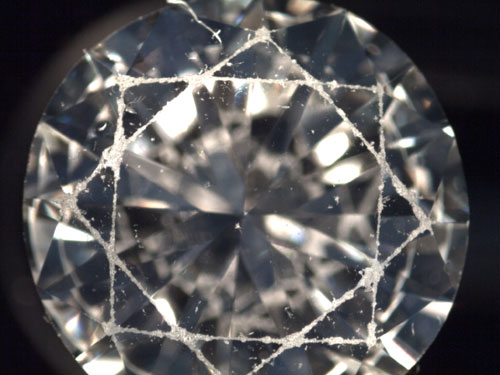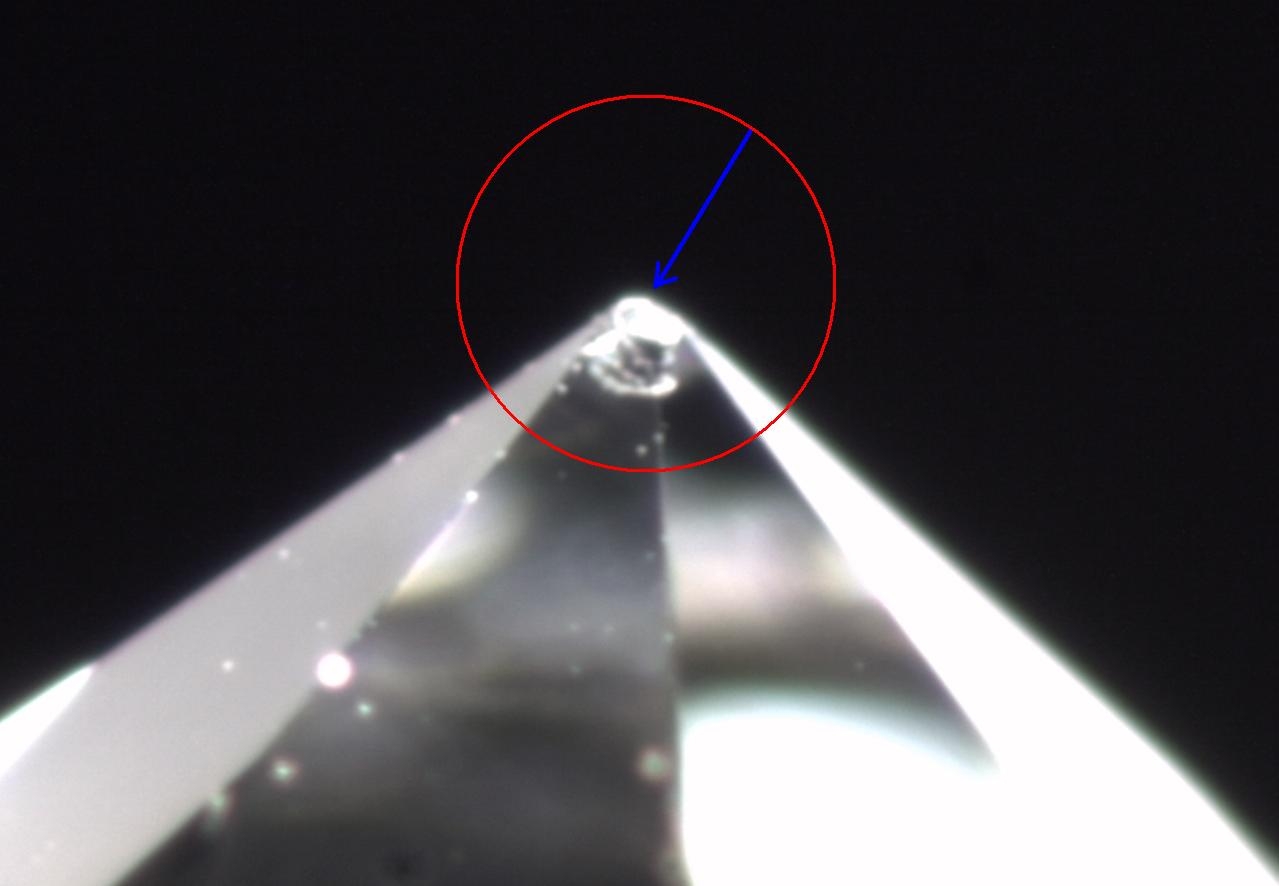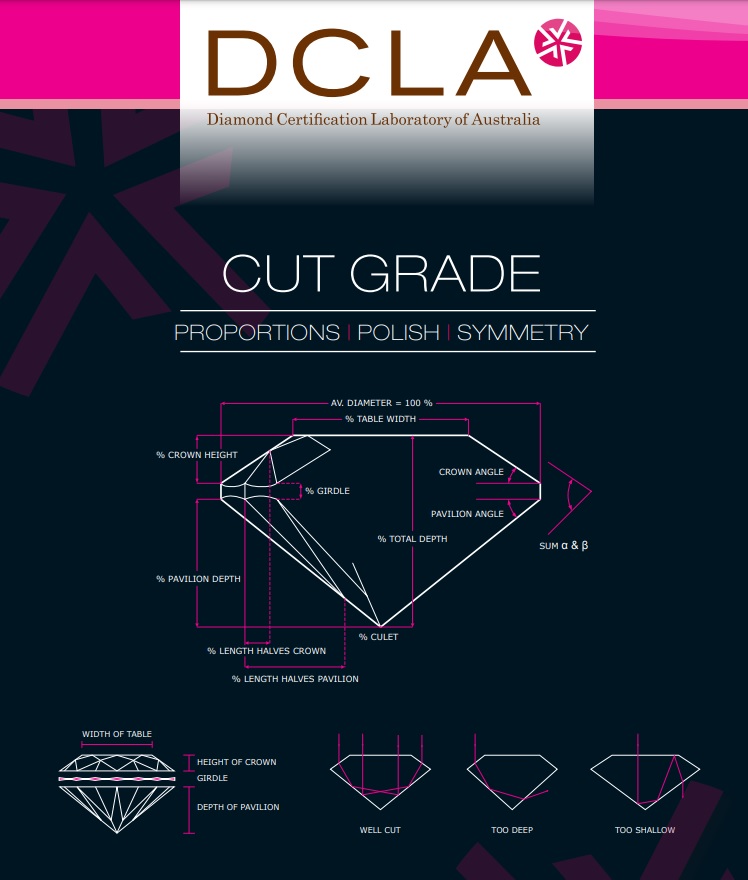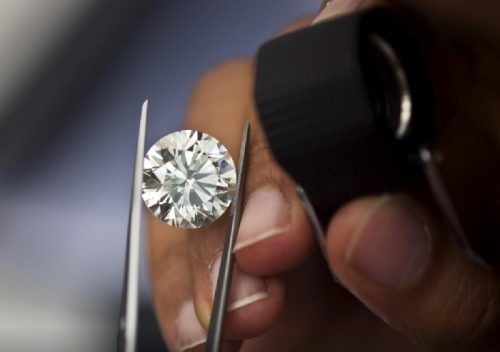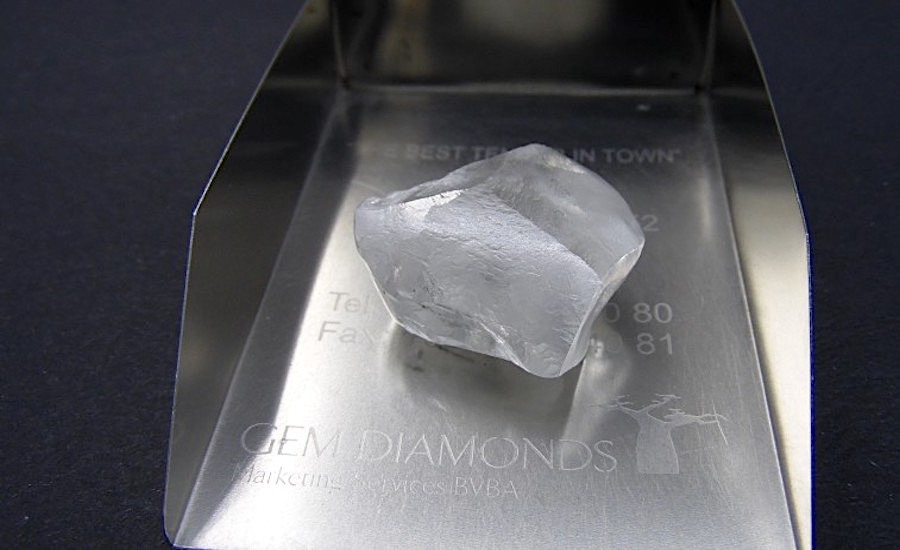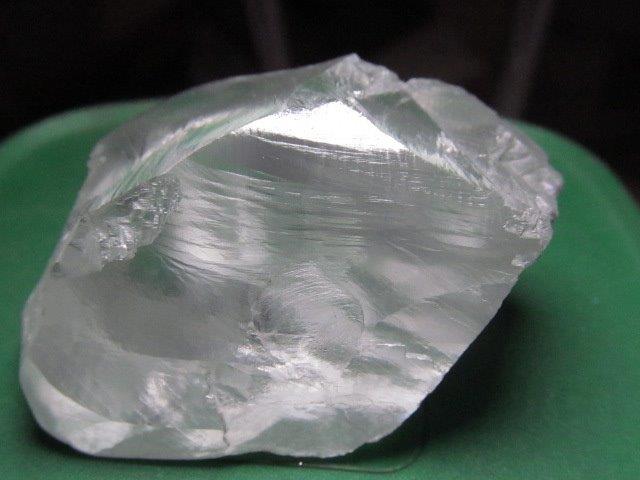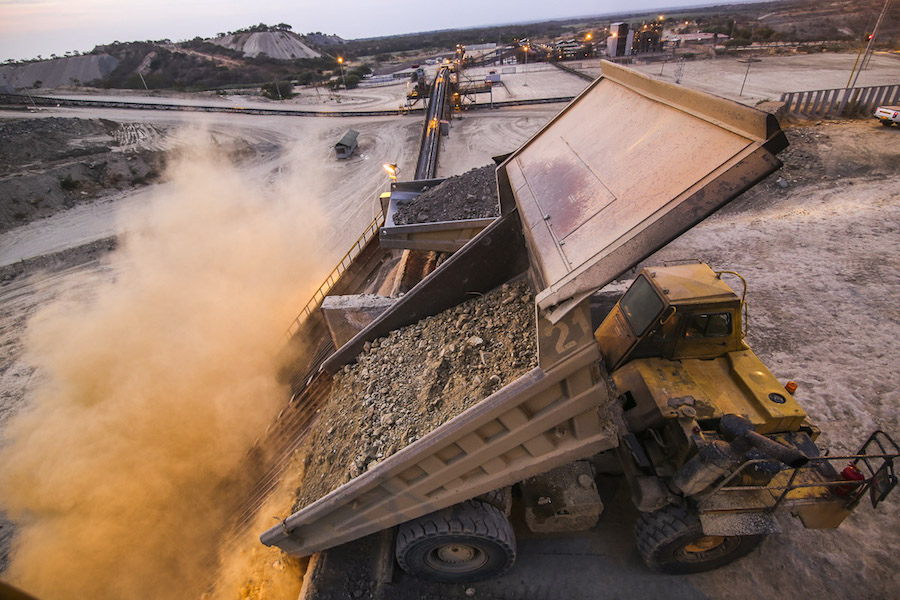An abraded facet edge in a diamond refers to the condition where the sharp edges of a diamond’s facets have become worn, chipped, or dulled. This abrasion typically occurs from contact with hard surfaces, improper handling, or over time as the diamond is worn. Abraded facet edges are common in diamonds that have been in use for a while, especially if they are not regularly cleaned or if they have experienced rough handling or accidental knocks.
How an Abraded Facet Edge Happens:
Accidental Impact: The most common cause of abraded facet edges is physical impact with hard surfaces. For example, if the diamond accidentally comes into contact with a countertop, metal object, or other hard material, it can cause the edges of the facets to chip or become dulled.
Worn Over Time: With extended wear, especially in jewelry that comes into frequent contact with other surfaces (e.g., rings worn daily), the edges of the facets can naturally become worn down, causing them to lose their sharpness and brilliance.
Impact on the Diamond:
Appearance:
Abraded facet edges can make the diamond appear less sharp and clear when viewed under magnification. The dulling of the edges reduces the diamond’s brilliance and can diminish the overall sparkle, as light is not reflected as efficiently from these edges.
The facet edges are crucial for creating the scintillation (the flashes of light and sparkle) that diamonds are known for. When these edges become abraded, the scintillation can be noticeably lessened.
Light Reflection:
The primary function of the facet edges is to help reflect light from different angles, enhancing the diamond’s brilliance. When these edges become abraded, the light may not be reflected in the same way, which can reduce the overall visual appeal of the diamond.
Durability:
While the abraded facet edge itself may not significantly affect the structural integrity of the diamond, if left unchecked, it could potentially lead to further damage. Over time, the worn edges may become more prone to chipping or fracturing, especially if the diamond is exposed to more trauma.
How to Identify an Abraded Facet Edge:
Magnification: The best way to identify an abraded facet edge is by using a loupe (magnifying lens) at 10x magnification. Under magnification, the affected edges will appear less sharp or slightly rounded, and you may notice tiny chips or wear marks along the edge of the facet.
Grading Report: A DCLA report or any reputable grading report may mention abraded facet edges if the damage is significant enough to affect the overall finish and appearance of the diamond. Minor abrasions might not always be noted, especially if they do not affect the diamond’s performance.
Impact on Diamond Value:
Minor Abrasion: If the abrasion is minor and does not affect the overall appearance of the diamond, it might not significantly impact its value. The diamond may still retain much of its brilliance and sparkle.
Major Abrasion: If the abrasions are significant and noticeable, particularly around the facet edges, the value of the diamond may be reduced. Diamonds are highly valued for their cut and finish, and an abraded facet edge can decrease the diamond’s appeal, potentially lowering its resale value.
Repairing Abraded Facet Edges:
Polishing: If the abrasion is minor, a professional jeweller or diamond cutter can polish the facet edges to restore their sharpness. Polishing the edges will improve the diamond’s appearance and potentially its light performance, but it may slightly alter the proportions or the overall size of the diamond.
Re-cutting: For more significant damage, the diamond may need to be re-cut. This process involves removing a small portion of the diamond to restore the facets to their original angles and proportions. However, this will affect the diamond’s weight and can alter its overall shape or size.
Preventing Abraded Facet Edges:
Proper Care: To prevent the facet edges from becoming abraded, it’s essential to handle the diamond carefully. If the diamond is in a piece of jewelry, like a ring, ensure that it is securely set and protected from excessive contact with hard surfaces.
Regular Cleaning: Regular cleaning and maintenance help maintain the diamond’s brilliance and keep the facets looking sharp. It’s also advisable to have jewelry settings inspected regularly to make sure the diamond is securely held and less prone to impact damage.
Summary:
Abraded facet edges are a common issue for diamonds that have experienced wear and tear, especially if they are exposed to physical impacts or rough handling.
This type of abrasion can diminish the brilliance and sparkle of the diamond, and it may also affect its value and durability if severe.
DCLA grading reports can help identify the severity of abrasions, and minor abrasions can usually be repaired through polishing. However, significant damage may require re-cutting the diamond.
